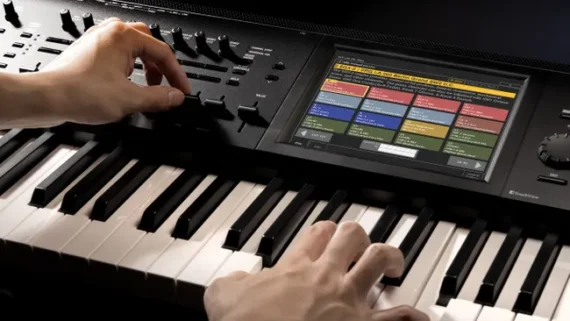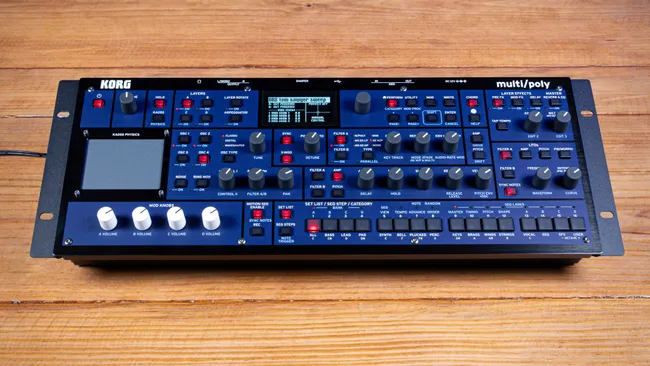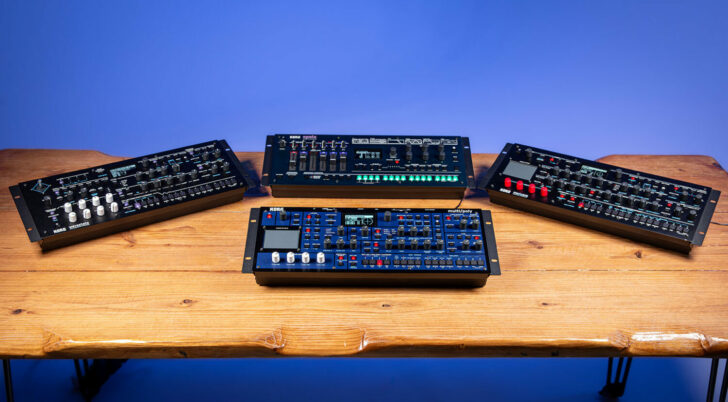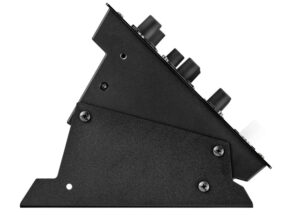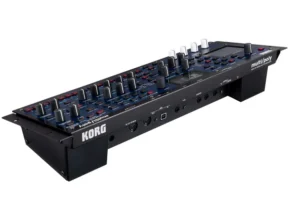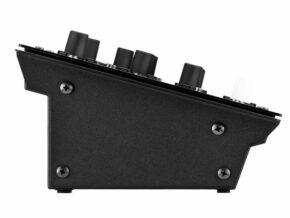Korg miniKORG 700Sm Synthesizer A Compact Version Of Its Classic ‘70s Synth Debuts At 2025 NAMM Show
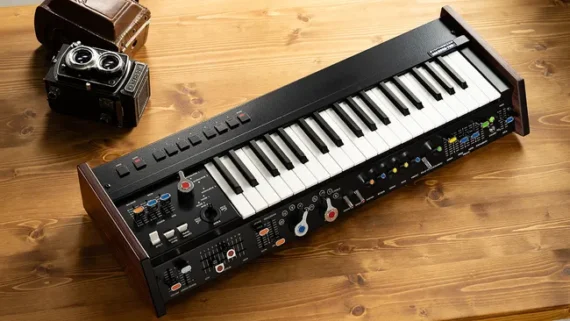
Korg has a habit of releasing its analogue synth reboots in both ‘full’ and ‘mini’ sizes, so we probably shouldn’t have been too surprised to learn that a smaller version of 2021’s miniKorg 700FS – itself an enhanced emulation of 1974’s MiniKorg 700S – is on the way.
The MiniKorg 700S built on the success of the MiniKorg 700, a single oscillator monosynth that was released in 1973. It added a second oscillator, ring modulator and various other things, all of which were included in the 700FS and now in the 700Sm.
At the 2025 NAMM Show, scheduled for January 21–25 in Anaheim, California, Korg will debut the miniKORG 700Sm, a compact variation on the reissue of the classic miniKORG 700, the company’s first mass-produced analog monosynth.
This mini version is 86% the size of its larger sibling and has 37 slim keys with aftertouch, but no velocity sensitivity. There are enhanced connectivity options in comparison to its ‘70s forebear: a USB connector (Type B), MIDI In, Sync In/Out, CV/GATE In and Audio In are all here. 1/4-inch stereo outputs and a headphones output are here, too.
The MiniKorg was originally conceived as a secondary keyboard that players would position on top of an organ when performing live, and the 700Sm could function in a similar way on top of your stage piano. For ease of access, many of the controls are positioned below the keyboard, so you’re looking straight at them when sitting down.

The Traveler controller is particularly noteworthy. Comprising upper and lower levers that control the cutoff frequency of the low-pass and high-pass filters respectively, this enables you to quickly dial in wah-wah and muted sounds. Unlike on the original MicroKorg 700S, you can tweak these levers without restriction, giving you even more sound design potential.
The miniKORG 700Sm Synthesizer intro video:
Other additions include 14 program memories, a spring reverb, a joystick for pitchbend and modulation and an arpeggiator.
Here’s what Korg has to say about the new KORG miniKORG 700Sm:
“The true beauty and richness of the sounds produced by the miniKORG 700 could not be realized through analog modeling technology that uses computational integrated circuitry such as DSPs and other devices to model analog circuitry.
Although it’s possible to replicate a circuit by using the same parts and copying the design schematics or circuit board, there’s no guarantee that this will reproduce the original sound. This is because the components deteriorate over time, dramatically altering the sound. To accurately recreate the original sound, we must rely on the experience and memories of the technicians who worked on the original product.
We were able to bring the original sound to life thanks to our team of technicians, who have gained invaluable expertise over the years through their work on numerous synthesizer revival projects. This team was guided by Fumio Mieda, a KORG engineer since the early 1970s and one of the designers of the original miniKORG 700S.
Working closely with Korg’s sound designers, they meticulously reproduced the original sound as faithfully as possible.”
The miniKORG 700Sm Demo Sounds:
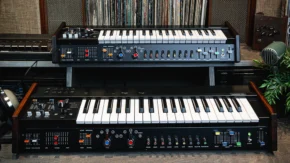
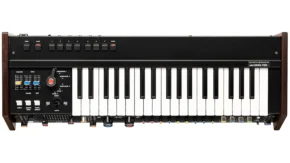
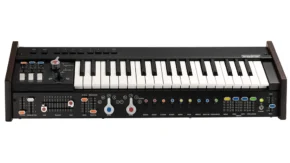
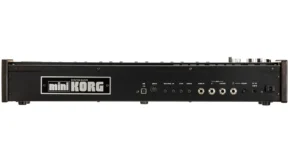
The miniKorg 700Sm have a compact size and fun look, comes with a custom soft case and ‘free’ software bundle. Available to pre-order, price at £1,169/$1,300. Find out more on the Korg website.
